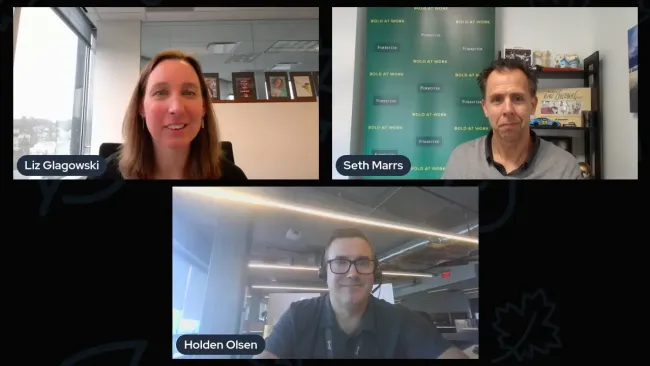Sales leaders are under enormous pressure to meet organizational goals for across-the-board sales performance targets. Not only must they ensure that the enterprise is meeting weekly, monthly, quarterly and annual revenue targets, sales leaders must track the performance of individual sales people and teams and ensure that the actions being taken by them align with customers’ needs and preferences.
Fortunately, there are a number of best practices that sales leaders can take to ensure that the sales organization is firing on all cylinders. This includes the use of customer data and performance data to identify gaps in execution that can be used to take action and make improvements.
We offer five recommendations for making sales performance sizzle.
- Make sales processes practical. Sales processes aimed at attracting and engaging customers must be executable. Sales processes need to adapt to changing customer demands and preferences. Don’t try to tackle the entire process problem at once. Start by focusing on improving a single process related to a particular geography, a customer segment, or a product. Conduct a post-mortem on the process improvement effort, identify areas for improvement, and then prioritize the next set of processes to attack.
- Identify customers’ potential value to prioritize actions. Sales leaders can use customer and market data, along with the use of analytics, to help salespeople focus their energies on those customers and prospects who offer the greatest likelihood to convert and the highest potential returns. These insights can help salespeople to better understand a customer’s or prospect’s individual spending in a particular category that’s relevant to their product (e.g., equipment purchase history of a construction company client). Examining this information can also help salespeople determine the share of wallet they have with a particular customer and the amount of potential customer value that can be acquired. These types of insights can guide salespeople not only on the next best action to take with a specific customer, but also to identify the potential value of a customer over his or her lifetime.
- Connect with customers in the right channels. Customers use a variety of channels based on their needs and interests at the moment. Sales leaders can use analytics to evaluate behavioral data to determine how target customers are using specific channels (traditional web, mobile, social, etc.) to conduct research and execute transactions. Sales leaders can then draw on these insights to ensure that the right messaging and content is being provided to target customers in the right channels at the right time.
- Identify and act on sales performance issues with individual salespeople and teams. Salesforce automation systems contain a wealth of information about the performance of individual salespeople and sales teams. Sales leaders can use analytics and other tools to drill down on performance data to identify individual salespeople or teams who may need additional coaching or training in certain areas (e.g., closing) and take appropriate actions as needed.
- Check out the competition. When companies compare their performance to their rivals or to best-in-class companies in other industries, the analysis provides sales leaders and other executives with opportunities to identify current gaps in sales performance. This may include evaluating the factors that may be leading a regional sales team to underperform. These types of insights can then be used by sales leaders for coaching and other tactical actions.
There are a number of factors that can disrupt sales performance, including longer-than-expected developments in the pipeline or a lack of resources to address underserved markets or geographies. But armed with the right data and tools, sales leaders can effectively assess and identify causes behind performance gaps and then take corrective action quickly to optimize operations.















